
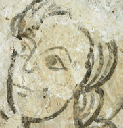

Today surviving medieval wall paintings are a rarity. Less than ten percent of English churches contain any remains of their early decoration and, in most cases, these remains are mere fragments of once much larger schemes. Indeed, the number of churches that can still boast large scale surviving paint schemes number perhaps only a few dozen. Yet, to our ancestors, the people who built and worshiped in these churches, the sometimes gaudy and brightly painted decoration was the norm. They would be as stunned to walk into a modern whitewashed church as we would be to find ourselves in a riotously painted and decorated church of the middle ages. The medieval church was a place of colour and animation, where armoured Saints bore down on vermillion coated dragons and sinners in Bishops mitres were cast into the very literal mouth of hell. To modern eyes, more used to the bare walls bequeathed us by our puritan forebears, the painted church is difficult to visualise - which makes the rare survival such as those here in Lakenheath all the more important.
Prior to the reformation in the sixteenth century virtually every English church interior was painted. Then, in 1536, the reformers of the English church under Henry VIII issued Ten Articles that condemned the use of images in the church. The images were regarded as ‘superstitious’ and ‘idolatrous’ and the reformers wished to wipe the church of England clean of such things. Although this marked the beginning of the attack upon wall paintings it wasn’t really until the accession of the boy king Edward VI that the onslaught was begun in earnest. Within a decade the vast majority of medieval wall paintings had been either whitewashed over or, in more extreme cases, gouged from the walls. Luckily, here at Lakenheath, the paintings were merely whitewashed over; a practice that both concealed them and ensured their preservation for future generations.
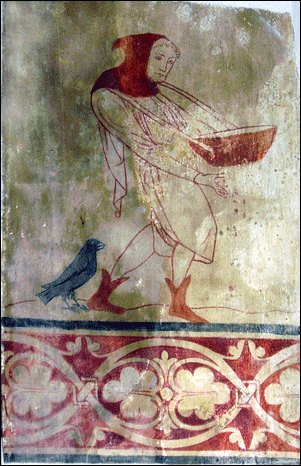
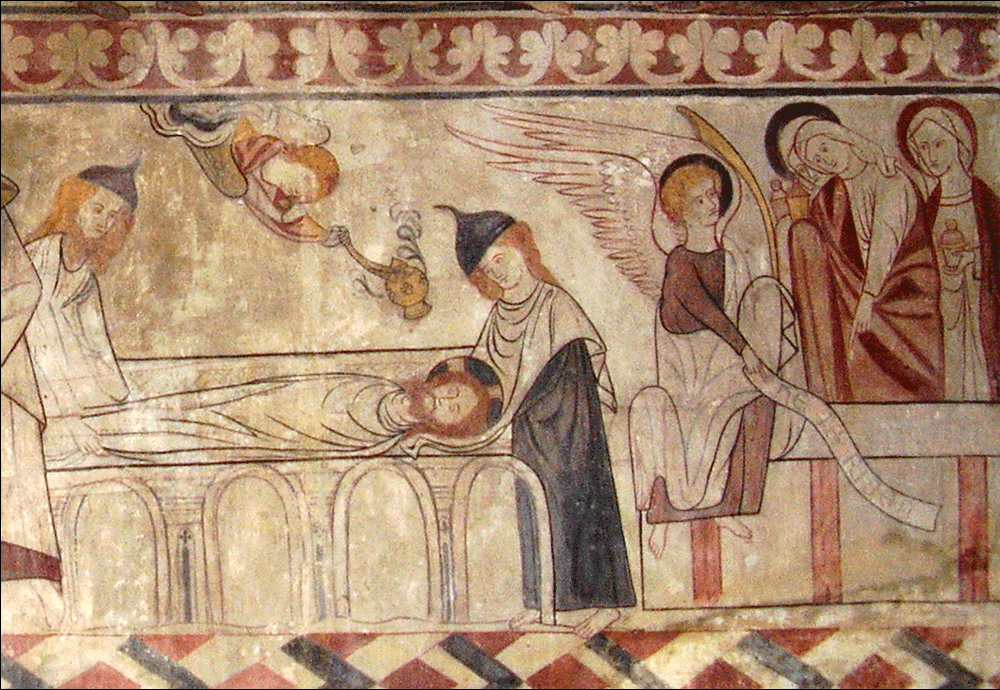
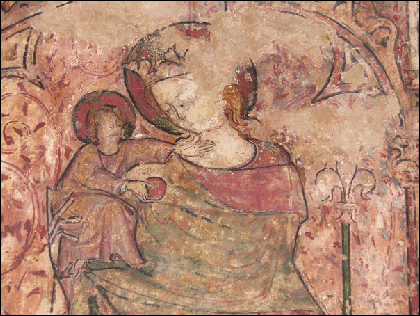
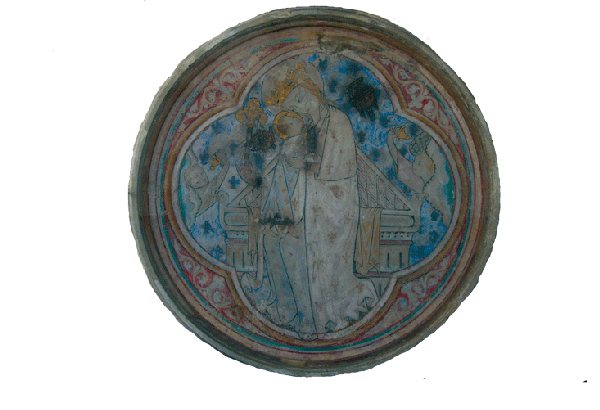

Lakenheath is a fascinating example of how wall paintings may, or may not, survive the passing of the centuries. At the present time extensive fragments from at least five wall painting phases, or schemes, have been identified. The earliest scheme, which incidentally represents the most complete of all the painting phases, dates to circa 1220-30. The latest of the schemes so far identified appears to date from the early years of the 17th century—thereby giving us a glimpse of the evolution of English church decoration over five centuries. Disregarding the high quality of some of the paintings, the sheer quantity of surviving images makes Lakenheath a rare and precious resource for present and future generations.
Further information about medieval wall paintings:
Medieval Wall Paintings in English and Welsh Churches by Roger Rosewell (Boydell Press, 2008)
Easby, Yorkshire
Easby, Yorkshire
South Newington
Chichester
Little Walsinhgham